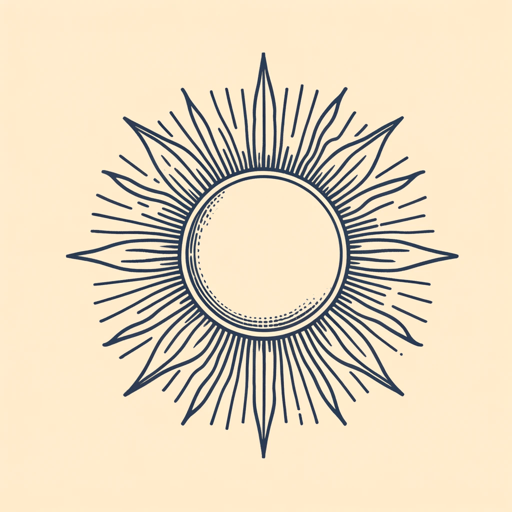53 pages • 1 hour read
Mary Crow DogLakota Woman
Nonfiction | Autobiography / Memoir | Adult | Published in 1990A modern alternative to SparkNotes and CliffsNotes, SuperSummary offers high-quality Study Guides with detailed chapter summaries and analysis of major themes, characters, and more.
Symbols & Motifs
The Ghost Dance
The Ghost Dance is mentioned in passing several times before Crow Dog explains its history and importance. We are told that “roaming Indian kids” use drugs because they “were waiting, just as the Ghost Dancers had waited for the drumbeat, the message the eagle was to bring” (59). The American Indian Movement affects the reservation “like the Ghost Dance fever that had hit the tribes in 1890” (73). It isn’t until Chapter 10 that Crow Dog describes the origin of the Ghost Dance and how Leonard revives it in 1973. As a result, the Ghost Dancers, who seek to “meet our dead relatives whom the wasičun has killed” (148), seem like ghosts themselves; we have fleeting glimpses of them before the story moves on, leaving them a memory. The Ghost Dance becomes a thread that is almost suppressed within the text until the full story emerges, just as the actual Ghost Dance is revived after eighty years.
The Ghost Dance came as a vision to a holy man who made his disciples “die and walk on the new world that was coming” before coming to life again. It was a message of hope for the people, who danced to bring back the world to the way it was prior to the arrival of whites.

